British modern artist Philip Colbert has for long been considering building his catalog system to establish the authenticity of his enlarging collection. According to Verisart founder, Robert Norton, the U.S.-based startup is using blockchain to verify the genuineness of artwork. By launching the decentralized platform, it will assist collectors and artists to document, certify and validate artwork.
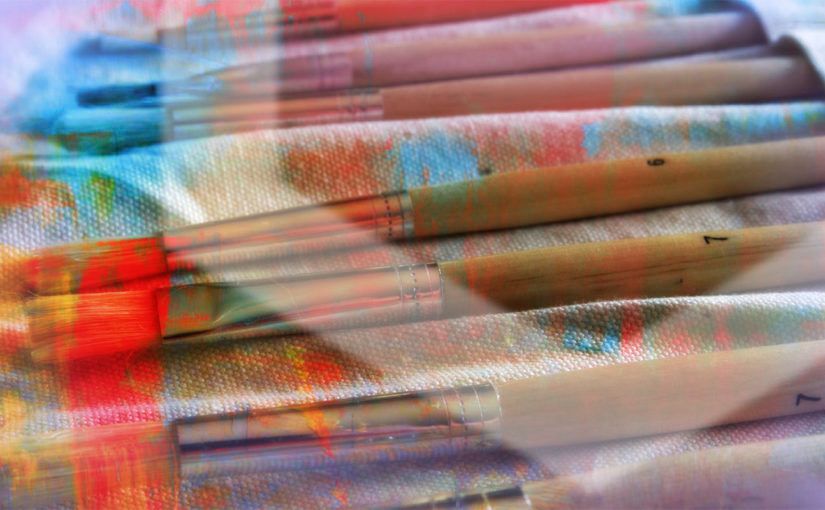
Blockchain creates an accurate record of each transaction whether dealing with art, cryptocurrencies or labor and land. Extensive embracing of the technology might give an increase for the online art market, which is set to explode. Presently, online sales account for approximately 8% or $5.4 billion of the world art market, according to the Art Basel and UBS Group AG report released this month.
In a way, art is a currency; at the day’s end when they come to auction, the origin is a very crucial factor of their value.
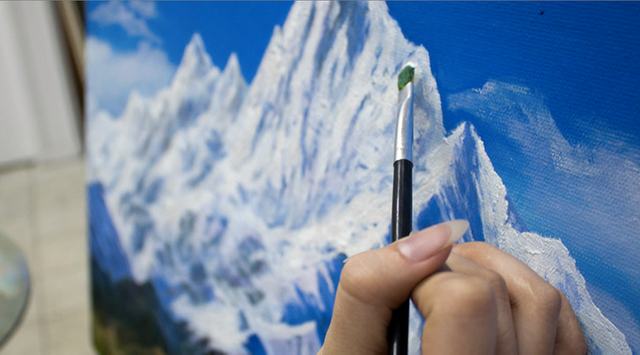
Lack of trust, is a major challenge, with prospective buyers balking at the likelihood of spending huge amounts of cash on works whose legitimacy cannot be wholly verified. Indeed, according to Norton, the worth of fake art is sold nearly two times as that of the actual art.
With matters of art, “there is a greater level of trust that you need to clear, and you need to know if what you are purchasing is real,” said Norton. After illicit drugs, art is the second-biggest unregulated market, and fraudulent practices greatly overshadow it. You can boost liquidity and trust by giving better standards for demonstrable global certification.”
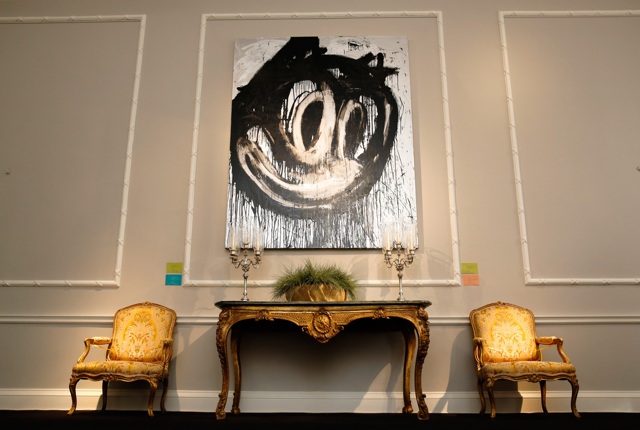
Verisart
Verisart began in 2015 as a phone application that allowed artists to build their systems of art authentication. When the approach did not take off as anticipated, the company created a web app in collaboration with Ahmed Elgammal, a computer science professor at Rutgers University.
“We were a bit untimely, as we were figuring where the market was while acquiring feedback from artists, and establishing a platform for people to use,” Norton added. “Now those certificates can be customized as we are increasingly working with partners.”

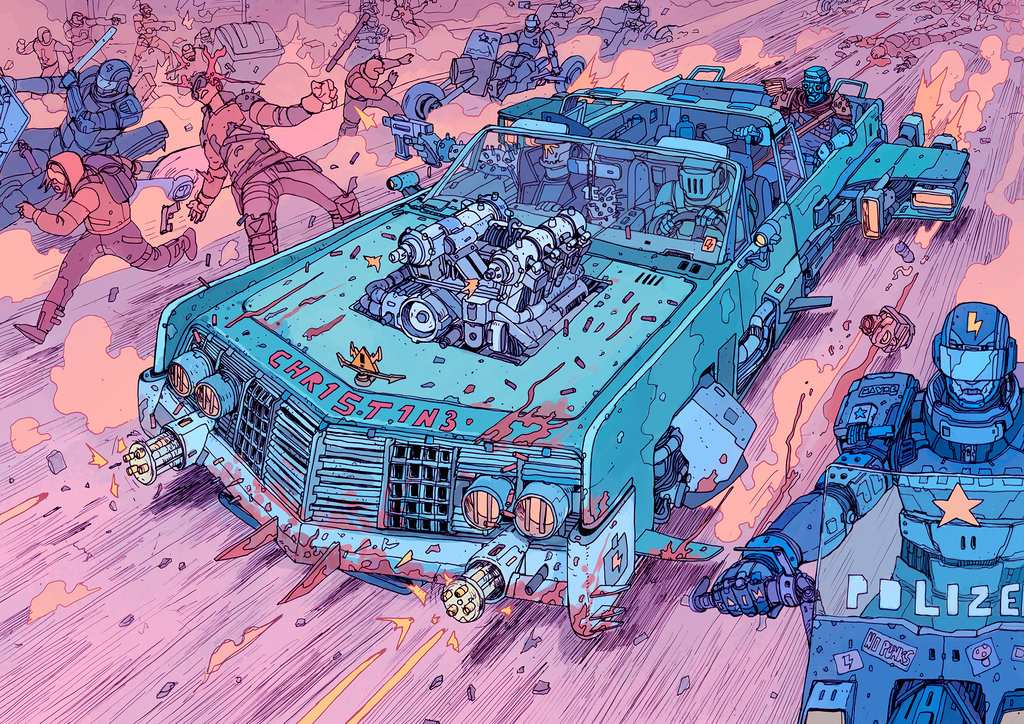
For instance, Colbert’s certificates have small reproductions of the original piece referred as ‘image hashes’ along with all the vital information concerning its ownership, movement, and creation – to verify if it was part of the exhibition.
“The blockchain is a more effective way of verification,” Colbert said. “You are not afraid of the genuine value of your work since it’s all about locking down the place and time. Subsequently, all those fake ones are not doing you any harm. The entire fake Mona Lisas do not do the Mona Lisa any damage.”
.jpg)
.jpg)
Eventually, including art on the blockchain will facilitate a decentralized art registry that will cover an extensive amount of globe’s art. Although certification of blockchain on its own may cause it to become a generic service, and potentially get explored by major players such as Facebook, Microsoft and Alphabet, Norton hopes Verisart’s capability to permit artists to customize their image hashes and certificates will provide it a competitive edge.
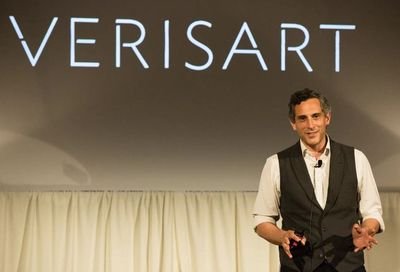
In terms of blockchain like this description, I see Alan teebuka thang as wide as the bag of freedom for anything. the positive value, everyone can involve themselves on the same level. on the other hand, it is difficult to control the boundaries will have an effect on the growth that is difficult to inhibit. norms and ethics become victims in this regard. certainly not all agree with this argument.
Downvoting a post can decrease pending rewards and make it less visible. Common reasons:
Submit
@yusfriadi Sure. It can be argued that way.
Downvoting a post can decrease pending rewards and make it less visible. Common reasons:
Submit